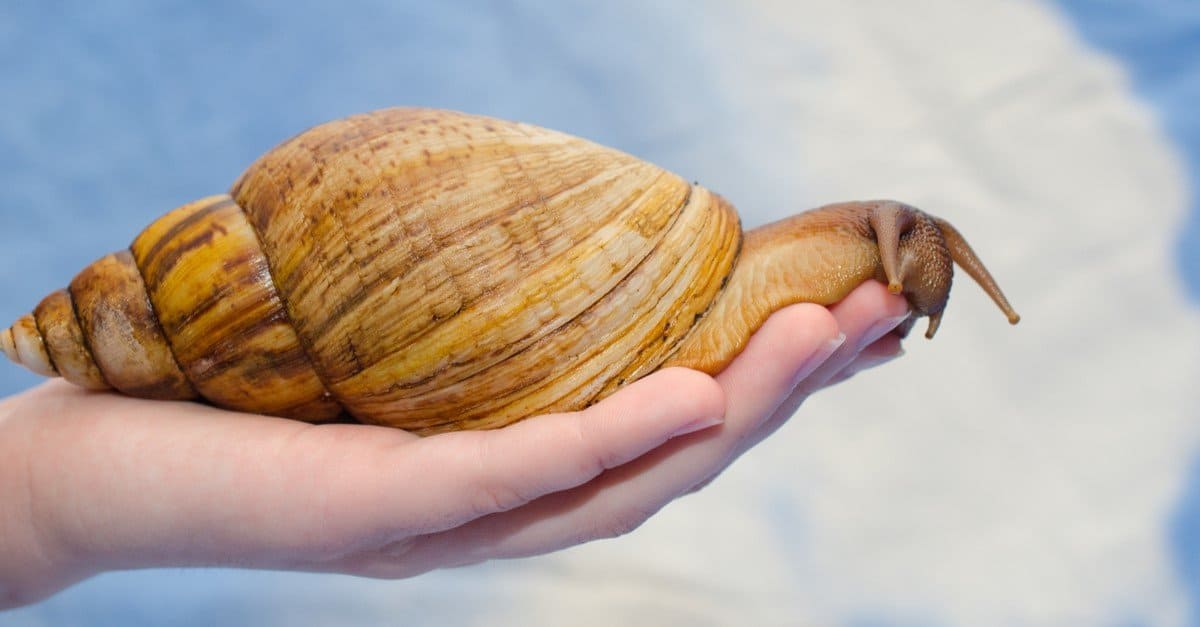

Photos 3-5 are of the same plant blooming on July 25, 2004. The inflorescence may eventually extend upward another two or three feet. But if you look carefully at the center of the leaf whorl, you will see the slowly differentiating inflorescence. The plants remain like this for weeks, seemingly inactive. At this time, the annual stems have elongated, raising the whorl of foliage well above the ground. The second photo shows the plant with its two stems about a month later. Plants not vigorous enough to bloom remain at this stage all season, resembling skunk cabbage. Freezes are still common when this foliage starts to grow, but so far cold damage has not been observed here. The first photo is of the foliage as it appears in early spring. The plant shown first bloomed in July, 2000, and is now about to bloom again in 2004. The photos below show phases in the life of the species photographed in the garden of Jim McKenney. The first set are of fresh seed using reflected light and on a 10 mm grid. The photographs below by David Pilling show what fresh seeds and seeds with developed embryos look like. Professor Norman Deno describes a germination pattern in need of 2-3 simulated winters with the paper towel method, which is consistent with the behavior Martin Bohnet observed. Exposed to the natural temperature cycle they will often, as in nature, take over a year to germinate as they first wait for high temperatures and then low ones.

In other words, seeds require the heat of summer followed by the cool of fall to develop embryos. "Seeds that have an underdeveloped embryo at the time of dispersal and require specific temperature conditions for embryo development and radicle and cotyledon emergence have morphophysiological dormancy (MPD)". 2006 shows that seed given a spell of warm 25°/15 ☌, developed embryos at 15°/5 ☌, which after a period of stratification at 0°–5☌, started to grow at 5°–15☌. Research Post-dispersal embryo development, germination phenology and seed dormancy. If seeds don't have developed embryos they won't germinate soon. A little fertilizer is recommended during the growing season.įresh Cardiocrinum seed has underdeveloped embryos, and a temperature cycle is required before these embryos develop to the point where the seed can germinate. Both seedlings and adults should be grown in part sun with plenty of moist and organic rich soils (much like conditions for growing hostas). Transplant seedlings when they're large enough to handle. Remove from the plastic bag and keep the mix moist. Then place in the fridge to stratify for 4-6 weeks and return to germination temperature. Sluggo is a less toxic way to effectively keep slugs away.Ī more active approach is to sow seeds in good potting mix, water and place in a plastic bag at 55-65 ☏ (13-18 ☌) for 2-3 weeks. In late spring, the seeds put up one very tiny leaf that attracts every slug and snail for miles around. The pots go outside (under the eaves of the house in a shady, eastern exposure to keep off the majority of our almost continuous rain) and are subject to whatever the winter weather provides. After sowing on the surface of the firmed mix, top the seeds with 1/4" of chicken grit. The pot size holds about 18 seeds comfortably. Vinisky to germinating seeds is to sow them in a 5 1/2 inch "azalea" pot.

the basal plate) and its offset bulbs live on from year to year.Ī relaxed approach used by Stephen J. But so do the fruiting stems of tulips, lilies, fritillaries and a host of other similar plants. Yes, the flowering stems die after seed set in fact, they die whether seed is set or not. Generations of writers have repeated the incorrect notion that these plants are monocarpic. cathayanum have only recently become readily available. Although originally introduced long ago, C. giganteum in Brooklyn, New York, USA during the second half of the nineteenth century. Given the rarity of these plants in eastern North American gardens, it's hard to believe, but Peter Hanson grew C. Cardiocrinum giganteum has been well established in cultivation in England for well over a century. Cardiocrinum is a small genus in the Liliaceae family whose members are distributed from northern India to Japan.


 0 kommentar(er)
0 kommentar(er)
